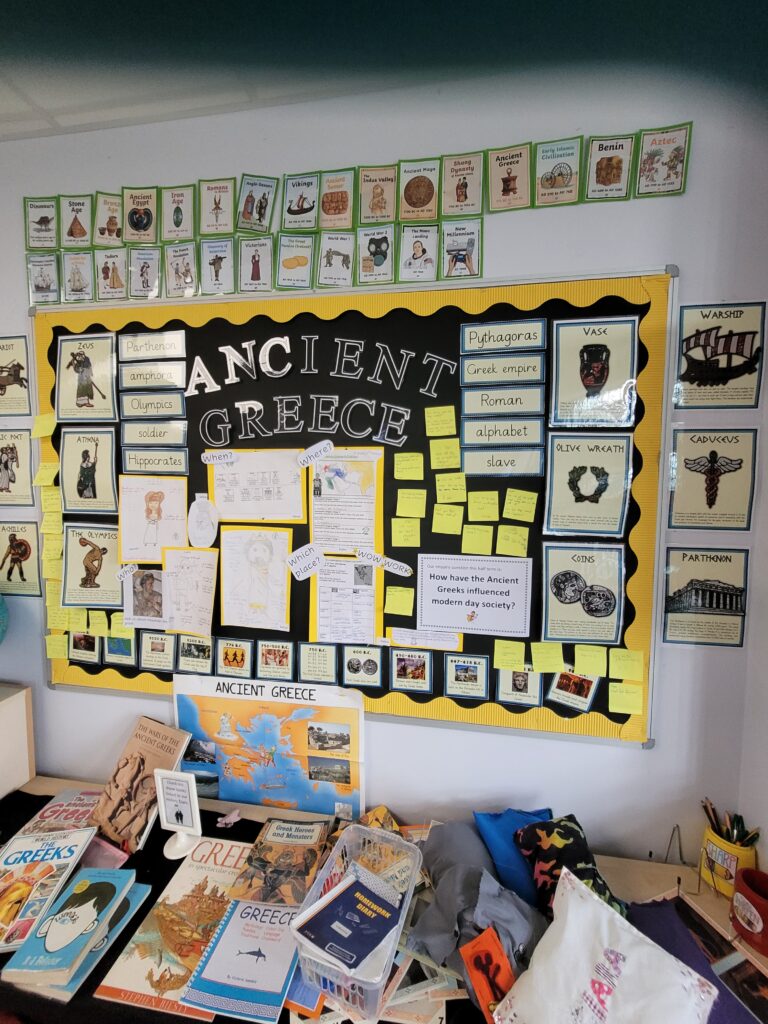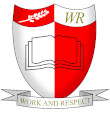Intent
The Rationale for Primary History
We believe History helps pupils to make sense of the present as well as the past, therefore allowing children to begin to understand their place in the world. We want children to recognise why people did things, why events happened and what happened as a result. It is important for children to appreciate the complexity and diversity of different civilisations through time by studying a wide range of topics from local history, the history of Britain and the wider world.
The school’s aims for History
Our aims in teaching history are:
- To ensure children have an understanding of chronology
- To recall a range and depth of historical knowledge
- To interpret and compare historical evidence across time periods
- To engage children in questions about people and events in the past
- To communicate historical knowledge and understanding using key vocabulary
- To stimulate children’s curiosity to investigate the world and their place in it
- To develop a greater understanding of how communities are shaped and can live and work together
- To understand how events that happened long ago or in another country can affect our lives today and in the future
Our curriculum is aligned with the National Curriculum for History 2014
The national curriculum for history aims to ensure that all pupils:
- know and understand the history of these islands as a coherent, chronological narrative, from the earliest times to the present day: how people’s lives have shaped this nation and how Britain has influenced and been influenced by the wider world
- know and understand significant aspects of the history of the wider world: the nature of ancient civilisations; the expansion and dissolution of empires; characteristic features of past non-European societies; achievements and follies of mankind
- gain and deploy a historically grounded understanding of abstract terms such as ‘empire’, ‘civilisation’, ‘parliament’ and ‘peasantry’
- understand historical concepts such as continuity and change, cause and consequence, similarity, difference and significance, and use them to make connections, draw contrasts, analyse trends, frame historically-valid questions and create their own structured accounts, including written narratives and analyses
- understand the methods of historical enquiry, including how evidence is used rigorously to make historical claims, and discern how and why contrasting arguments and interpretations of the past have been constructed
- gain historical perspective by placing their growing knowledge into different contexts, understanding the connections between local, regional, national and international history; between cultural, economic, military
We also plan to teach some local history at regular intervals throughout primary school.
EYFS
At William Ransom we follow the EYFS curriculum which does not specify History as a subject, it is interwoven into ‘Understanding of the World’.
Early Learning Goals: Past and Present
Children at the expected level will:
- Talk about the lives of the people around them and their roles in society (Grandparents)
- Know some similarities and differences between things in the past and now, drawing on their experiences and what has been read in class
- Understand the past through settings, characters and events encountered in books read in class and storytelling.
Key Stage 1
Key Stage 1 topics are taught according to the National Curriculum. We also wanted to ensure a spread of relevant topics across the year groups.
Pupils should develop an awareness of the past, using common words and phrases relating to the passing of time. They should know where the people and events they study fit within a chronological framework and identify similarities and differences between ways of life in different periods. They should use a wide vocabulary of everyday historical terms.
They should ask and answer questions, choosing and using parts of stories and other sources to show that they know and understand key features of events. They should understand some of the ways in which we find out about the past and identify different ways in which it is represented.
In planning to ensure the progression described above through teaching about the people, events and changes outlined below, teachers are often introducing pupils to historical periods that they will study more fully at key stages 2 and 3.
Key Stage 2
Key stage 2 topics are taught according to the National Curriculum. They are taught chronologically with comparisons made to current times. Exceptions to this are the Ancient civilisations of Egypt, Greece and Mayan, which are spread across the year groups. This also ensures they are revisited at regular intervals throughout Primary school. As a transition year to Key Stage 2, Year 3 also cover a significant individual in Spring 2. Chosen to address both local history and compare with KS1 significant individuals.
Pupils should continue to develop a chronologically secure knowledge and understanding of British, local and world history, establishing clear narratives within and across the periods they study. They should note connections, contrasts and trends over time and develop the appropriate use of historical terms.
They should regularly address and sometimes devise historically valid questions about change, cause, similarity and difference, and significance. They should construct informed responses that involve thoughtful selection and organisation of relevant historical information. They should understand how our knowledge of the past is constructed from a range of sources.
In planning to ensure the progression described above through teaching the British, local and world history outlined below, teachers should combine overview and depth studies to help pupils understand both the long arc of development and the complexity of specific aspects of the content.
Implementation
Skills Progression Grid
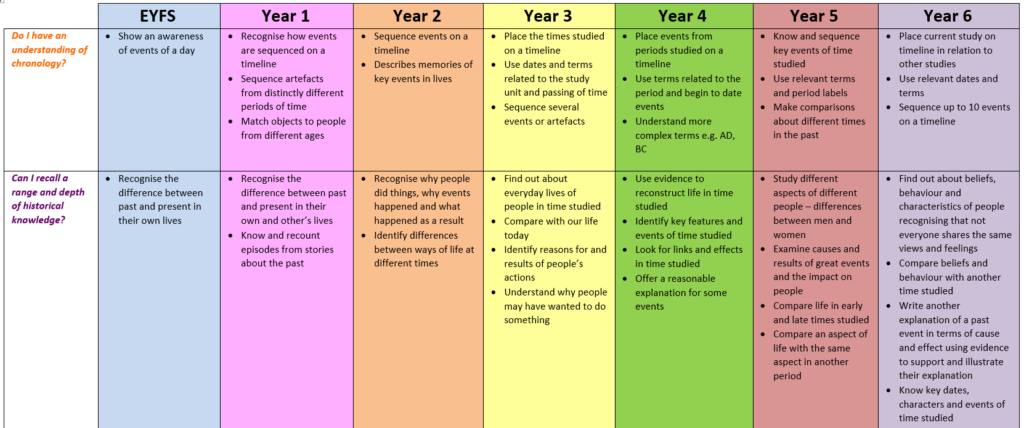
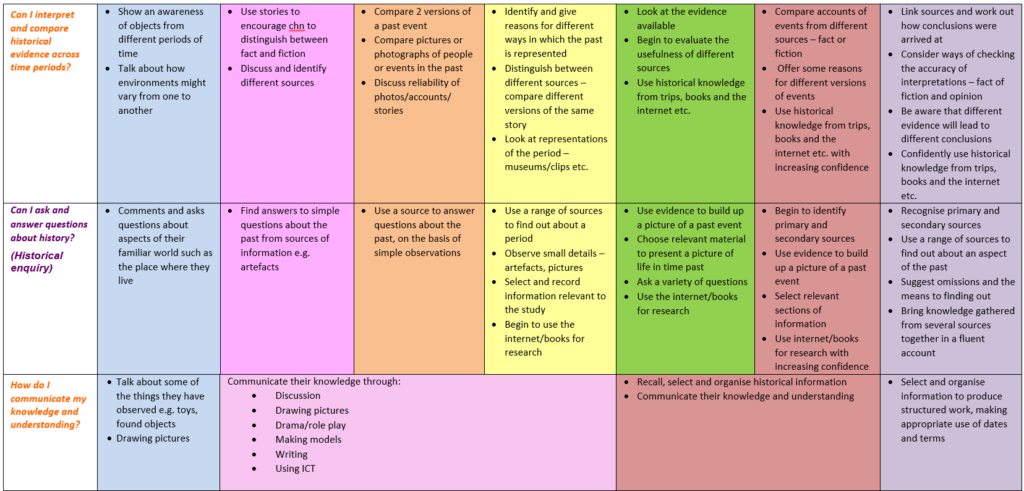

Who Teaches What When Why?
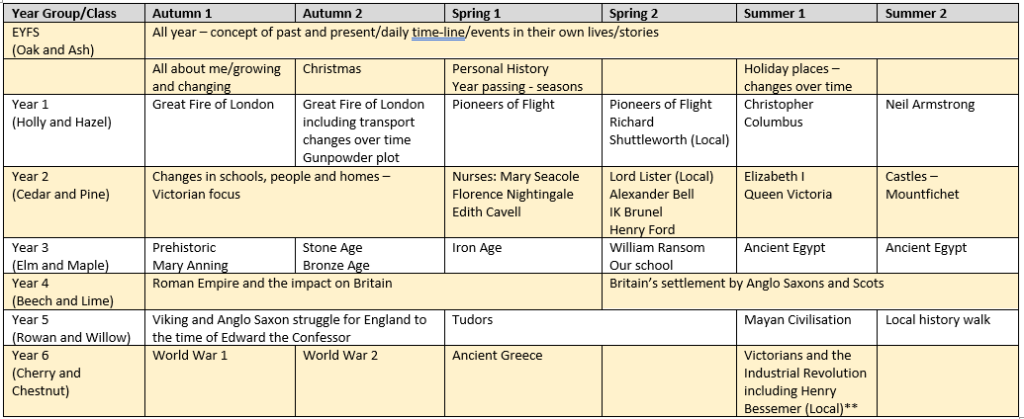
**Year 6 Victorians and the Industrial Revolution is a new topic, but will be moved to Autumn term in 2023-2024 to maintain chronological order.
EYFS
| What | When | Trips/Other |
| All about me – growing and changing Harvest Guy Fawkes Remembrance Sunday Christmas – past and present | Autumn | tbc |
| Personal history – past and present Shrove Tuesday/Ash Wednesday Mothering Sunday | Spring | |
| Holidays change over time | Summer |
Key Stage 1
At Key Stage 1, we begin to develop an awareness of the past and an understanding of time passing. We teach how life has changed and about the lives of significant people and events. We begin to use investigative evidence through looking at artefacts, pictures and photographs.
National Curriculum: Pupils should be taught about: changes within living memory. Where appropriate, these should be used to reveal aspects of change in national life.
| Who | What | When | Trips/Other |
| Y1 Holly Hazel | Transport Changes in flight focus | Autumn (FoL old and new transport) Spring (Pioneers of flight topic – inc current changes in flight discussed with pilot) Summer (Current changes to space exploration – Mars Rover, Artemis etc.) | Pilot visit |
| Y2 Cedar Pine | Victorian focus Schools People Homes | Autumn (Questions for Grandparents – possible visitor) | British Schools Museum, Hitchin |
National Curriculum: events beyond living memory that are significant nationally or globally (for example, the Great Fire of London, the first aeroplane flight or events commemorated through festivals or anniversaries).
| Who | What | When | Trips/Other |
| Y1 Holly Hazel | Great Fire of London | Autumn | Fire of London Day |
| Y1 Holly Hazel | First Aeroplane Flight First Man on the Moon | Spring Summer | Shuttleworth |
| Y1 and Y2 | Gunpowder Plot | Autumn |
National Curriculum: the lives of significant individuals in the past who have contributed to national and international achievements. Some should be used to compare aspects of life in different periods (for example, Elizabeth I and Queen Victoria, Christopher Columbus and Neil Armstrong, William Caxton and Tim Berners-Lee, Pieter Bruegel the Elder and LS Lowry, Rosa Parks and Emily Davison, Mary Seacole and/or Florence Nightingale and Edith Cavell).
| Who | What | When | Trips/Other |
| Y1 Holly Hazel | Christopher Columbus Neil Armstrong | Summer | |
| Y2 Cedar Pine | Nurses: Mary Seacole, Florence Nightingale, Edith Cavell Elizabeth I and Queen Victoria Castles –uses/construction/jobs (Identify differences between ways of life at different times) | Spring Summer | Mountfitchet Castle |
National Curriculum: significant historical events, people and places in their own locality.
| Who | What | When | Trips/Other |
| Y1 Holly Hazel | Richard Shuttleworth – Flight | Spring (Trip to Shuttleworth) | Shuttleworth |
| Y2 Cedar Pine | British Schools Museum Lord Lister | Autumn Spring/Summer | British Schools Museum, Hitchin |
Key Stage 2
At Key Stage 2, we build on all of the above and further develop the children’s chronology and knowledge of the past using a range of sources of information from over a longer period of time.
In order to achieve this we have devised a plan to ensure that all children meet the National Curriculum requirement throughout their time at the school. The study areas have been allocated chronologically across Key Stage 2, with comparisons made to current times. Exceptions to this are the Ancient civilisations of Egypt, Greece and Mayan, which are spread across the year groups in Key stage 2. Where possible, we use a variety of learning materials and visits to carry out our aims.
National Curriculum: Pupils should be taught about changes in Britain from the Stone Age to the Iron Age.
| Who | What | When | Trips/Other |
| Y3 Elm Maple | late Neolithic hunter-gatherers and early farmers, for example, Skara Brae Bronze Age religion, technology and travel, for example, Stonehenge Iron Age hill forts: tribal kingdoms, farming, art and culture Also significant individuals: Mary Anning (fossil link) William Ransom (local link) | Autumn Autumn/Spring Summer | Celtic Harmony – Stone Age Stone Age art |
National Curriculum: the Roman Empire and its impact on Britain.
| Who | What | When | Trips/Other |
| Y4 Beech Lime | Julius Caesar’s attempted invasion in 55-54 BC the Roman Empire by AD 42 and the power of its army successful invasion by Claudius and conquest, including Hadrian’s Wall | Autumn/Spring | Verulamium or a Roman day in school |
National Curriculum: Britain’s settlement by Anglo-Saxons and Scots.
| Who | What | When | Trips/Other |
| Y4 Beech Lime | Anglo-Saxon invasions, settlements and kingdoms: place names and village life Anglo-Saxon art and culture | Spring/Summer | Anglo Saxon day in school |
National Curriculum: the Viking and Anglo-Saxon struggle for the Kingdom of England to the time of Edward the Confessor.
| Who | What | When | Trips/Other |
| Y5 Willow Rowan | Viking raids and invasion resistance by Alfred the Great and Athelstan, first king of England further Viking invasions and Danegeld Anglo-Saxon laws and justice Edward the Confessor and his death in 1066 | Autumn | Viking Art Viking Day |
National Curriculum: a local history study.
| Who | What | When | Trips/Other |
| Y5 Willow Rowan | a study of an aspect of history or a site dating from a period beyond 1066 that is significant in the locality. Railways, school life etc. | Summer 2 | Walk/Talk/Quiz around Hitchin Town Centre Possible visit to Hitchin Museum |
| Y3 Elm Maple | William Ransom (1826 – 1914) was a UK botanist, pharmacist, archaeologist and founder of the UK’s oldest independent pharmaceutical company. – Significant to locality | Spring 2 | Possible visitor to school |
| Y6 | See below – includes Henry Bessemer | Summer |
National Curriculum: a study of an aspect or theme in British history that extends pupils’ chronological knowledge beyond 1066.
| Who | What | When | Trips/Other |
| Y6 Cherry Chestnut | World War 1 a significant turning point in British history, for example, the first railways or the Battle of Britain World War 2 | Autumn | Duxford WW2 Day at school Cabinet War Rooms |
| Y6 Cherry Chestnut | Victorians and the Industrial Revolution including Henry Bessemer (Local) | Summer* Will be moved to Autumn 2023-2024 | |
| Y5 Willow Rowan | Tudors | Spring |
National Curriculum: the achievements of the earliest civilizations – an overview of where and when the first civilizations appeared and a depth study of one of the following: Ancient Sumer; The Indus Valley; Ancient Egypt; The Shang Dynasty of Ancient China.
| Who | What | When | Trips/Other |
| Y3 Elm Maple | Ancient Egypt | Summer | Egyptian Day |
National Curriculum: Ancient Greece – a study of Greek life and achievements and their influence on the western world.
| Who | What | When | Trips/Other |
| Y6 Cherry Chestnut | Ancient Greece | Spring | Ancient Greece day including online session |
National Curriculum: a non-European society that provides contrasts with British history – one study chosen from: early Islamic civilization, including a study of Baghdad c. AD 900; Mayan civilization c. AD 900; Benin (West Africa) c. AD 900-1300.
| Who | What | When | Trips/Other |
| Y5 Willow Rowan | Mayan civilization c. AD900 | Summer 1 | Links to Mexico in Geography |
What does a History lesson look like at William Ransom School?
- Timelines are referred to at the start of new topics
- Revisit previous facts learnt – what can they recall?
- Key words used in all lessons – for topic and skills based words
(Key word mats for EYFS, KS1 and KS2) - Sequencing of events
- Hot seating/Role play/Drama
- Evidence and sources referred to e.g. Samuel Pepys GFOL
- Drawing/model making/writing
- Research using computers/iPads
All children will be given equal opportunity to study history. This will mean appropriate differentiation between individuals according to their particular needs in order to allow the fullest development of the individual. This may include, but is not limited to:
- Key word sheets
- Writing frames
- Visual aids
- Targeted questioning
- TA support where available
- Vocabulary for pre-learning
We believe that assessment informs the teacher of the child’s understanding of the historical skills, terms and concepts taught. Teachers use a combination of formative and summative assessment throughout the year. This assessment can be done in the form of quizzes, pictorially, orally, through drama, art, computing and written work.
A variety of resources are available in school. These include children’s reference books, teachers’ resources, photographs, costumes and artefacts. We visit local museums and other places of historical interest relevant to our topics and invite outside companies to organise workshops in school.
Impact
Evidence of achievement is provided in pupil’s exercise books, pictorial/display work, photographic evidence as well as end of topic quizzes. Together, these forms of assessment will support planning, teaching, learning and progress. The children’s learning is enhanced by visits from specialists, event days in school organised by the teachers and trips to museums and other relevant venues. History work is celebrated regularly in school through our school website posts, innovative displays, reports in our school Orbit magazine and through class assemblies. Parents are invited to watch the children perform assemblies and these are recorded for all classes to enjoy.
Year 1 Fire of London Day and Recorded Work
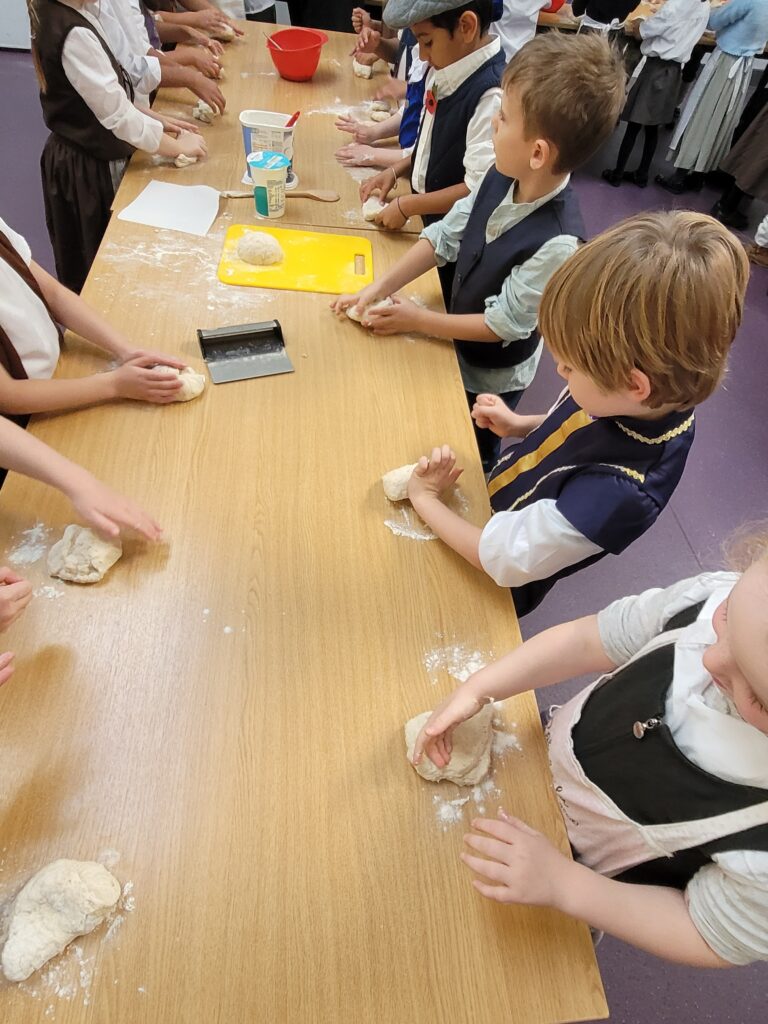
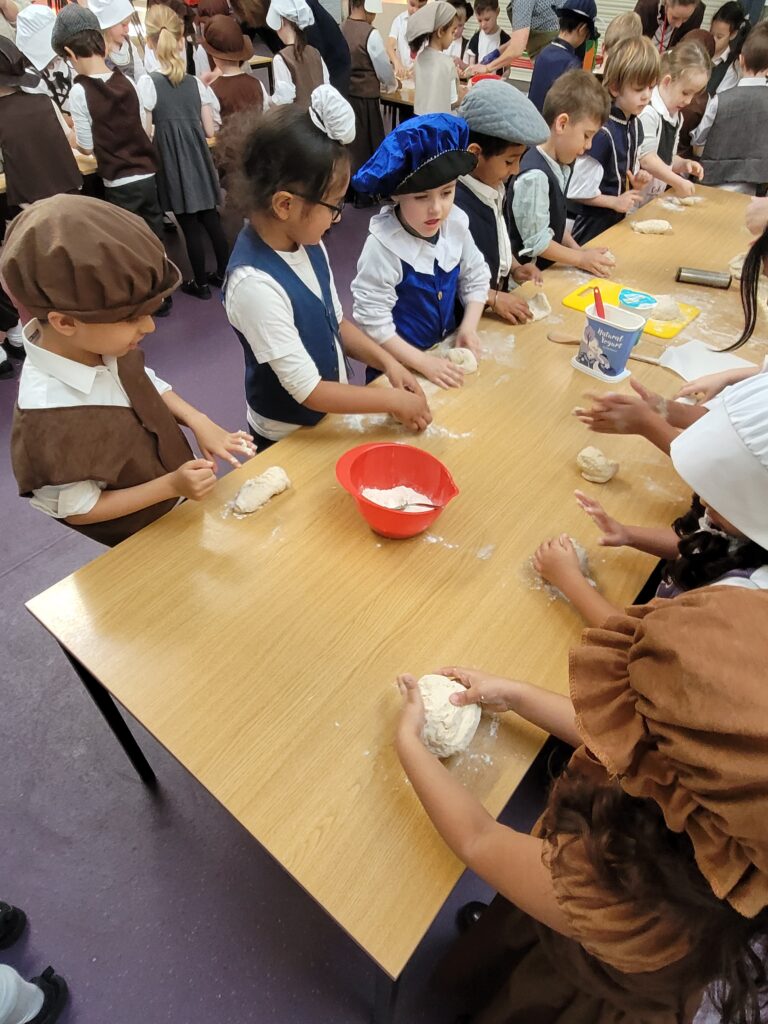
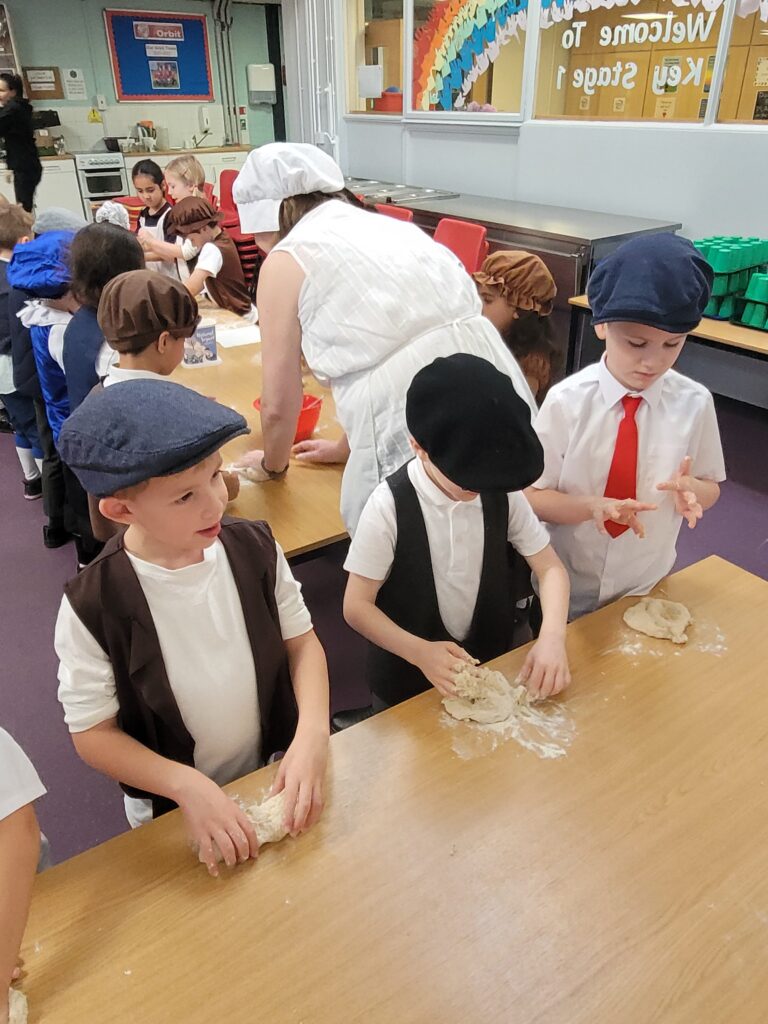
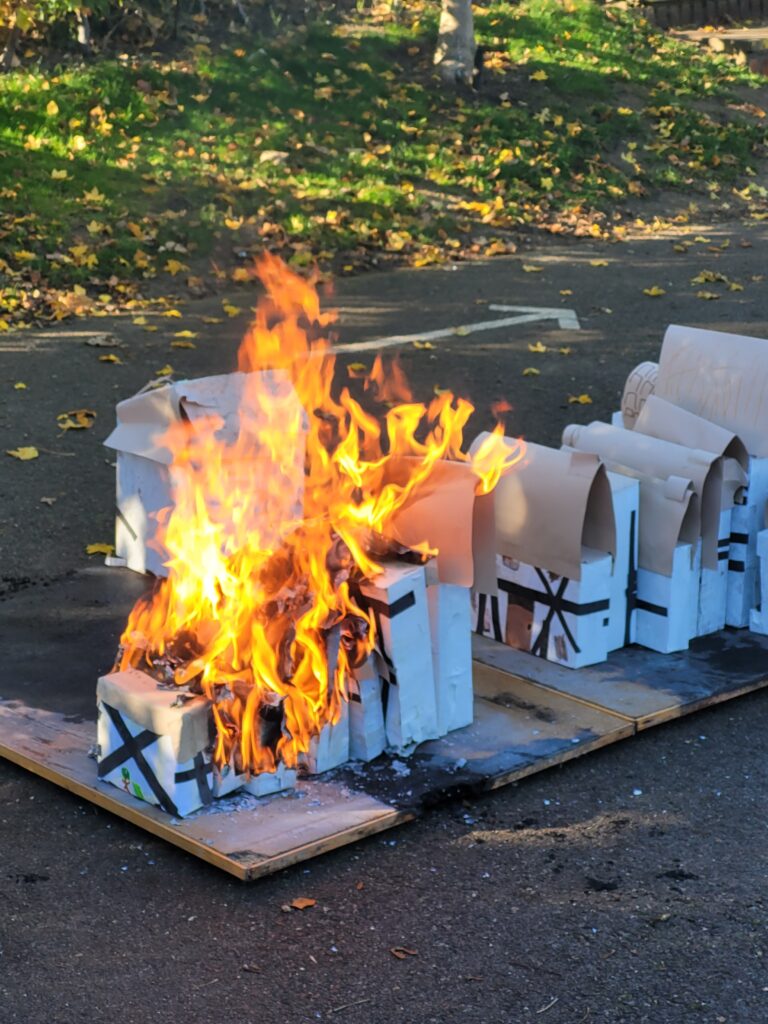
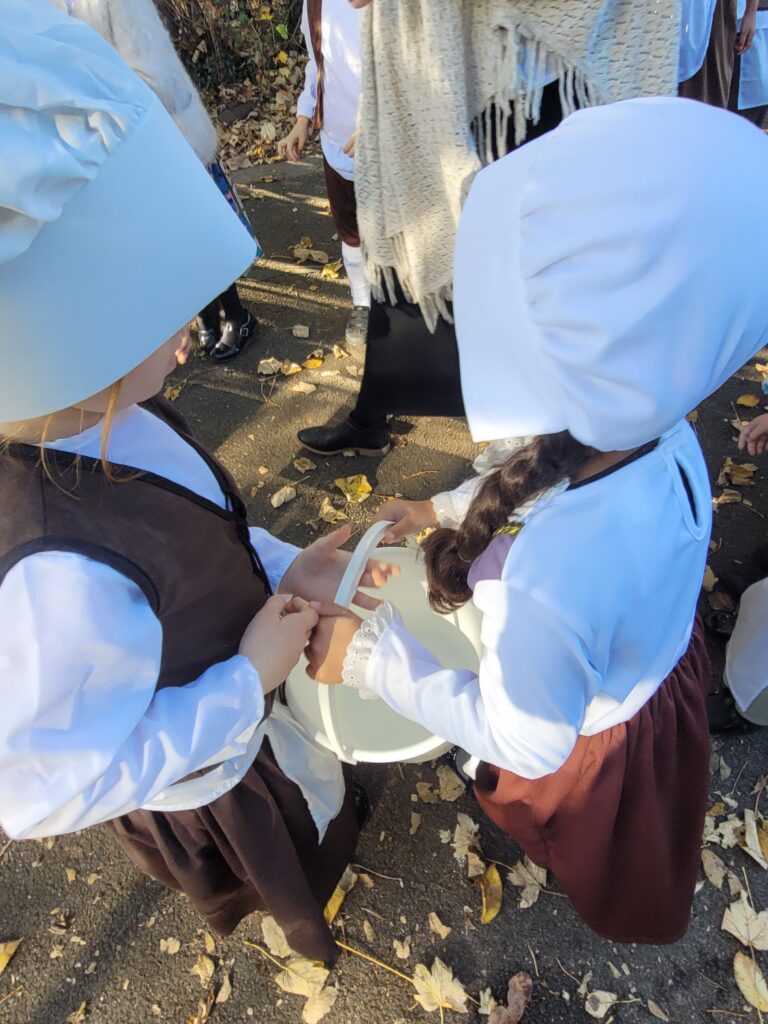
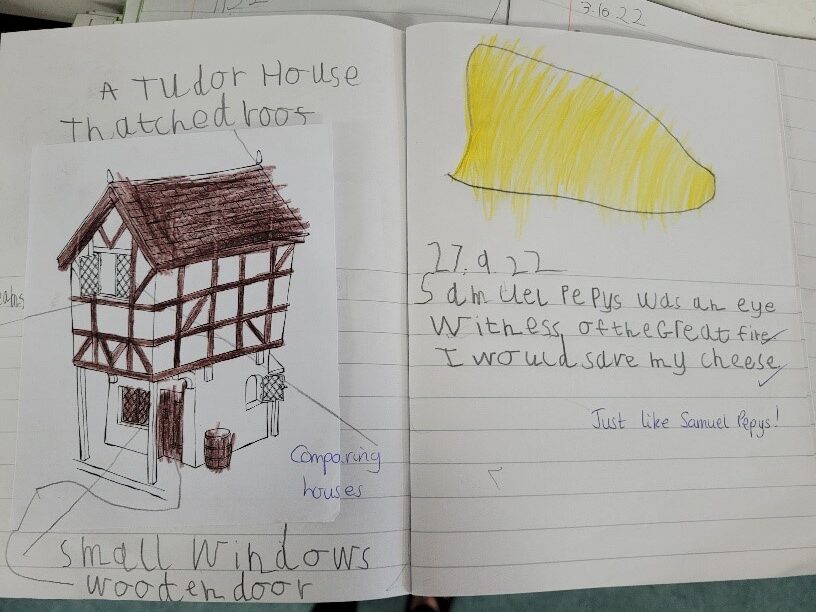
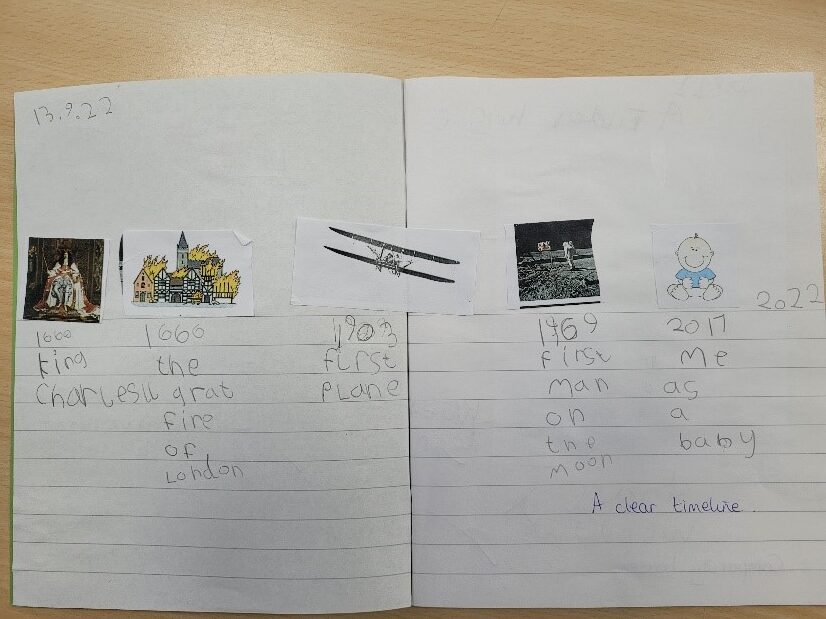
Year 1 visit to Shuttleworth – Pioneers of flight topic
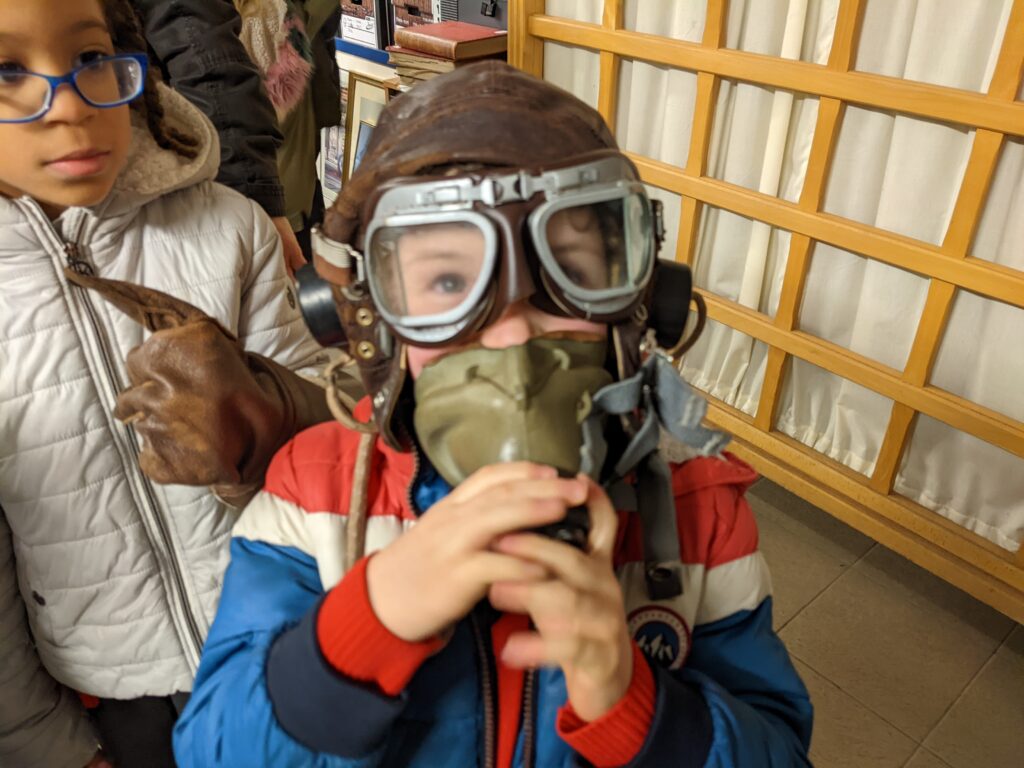
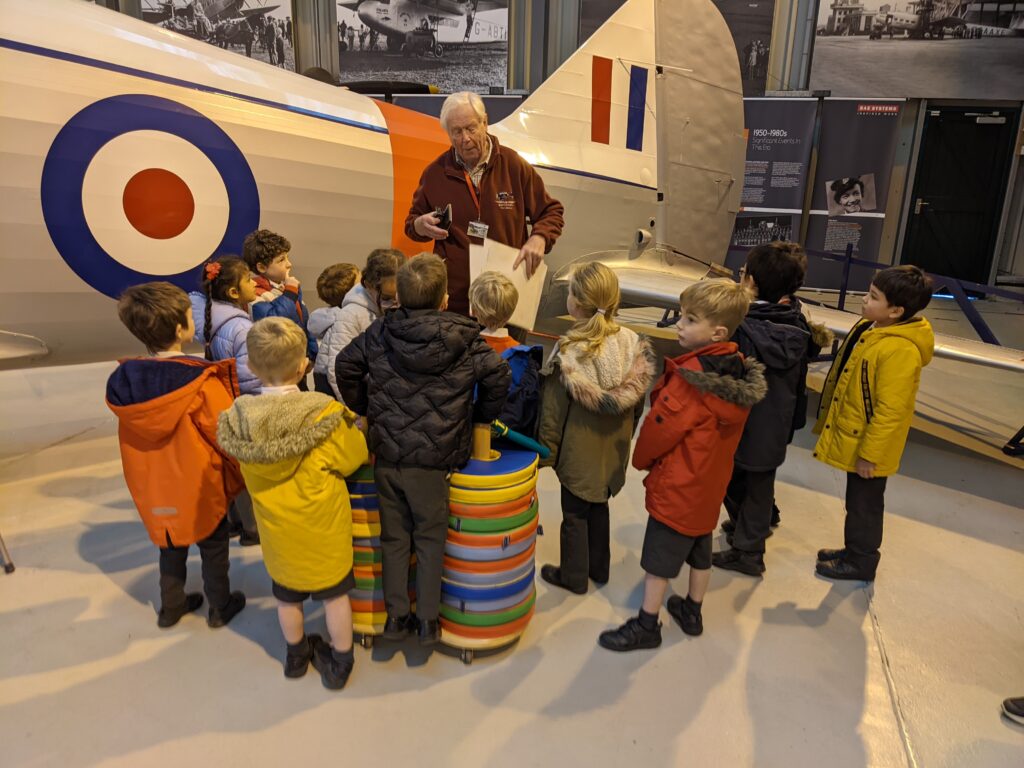
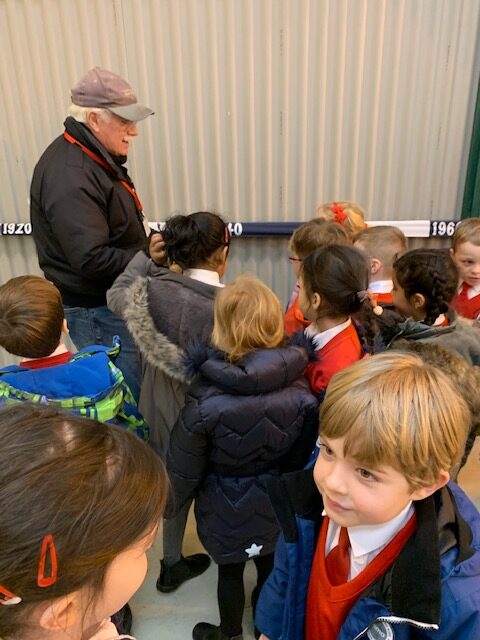
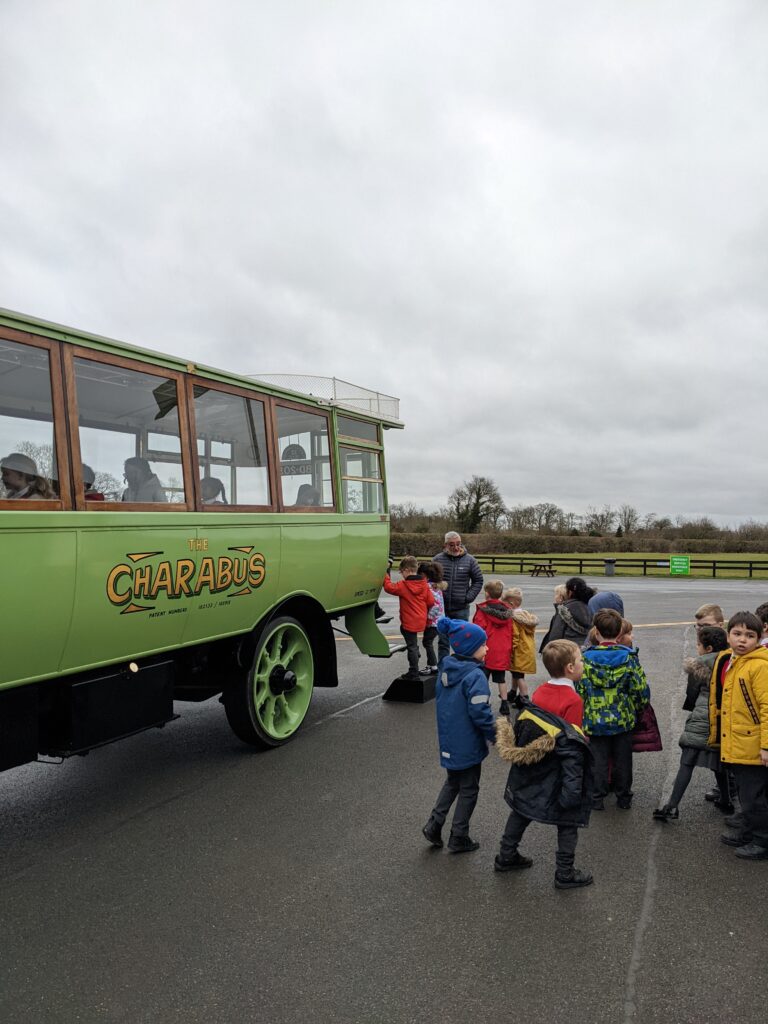
Year One Displays and resources
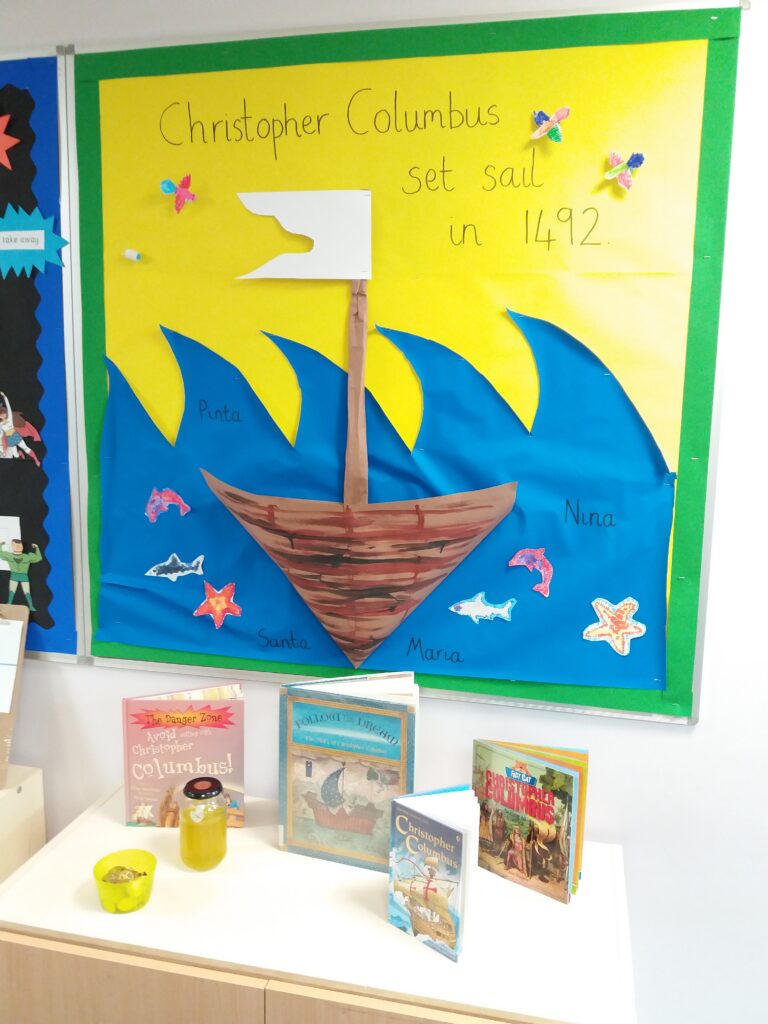
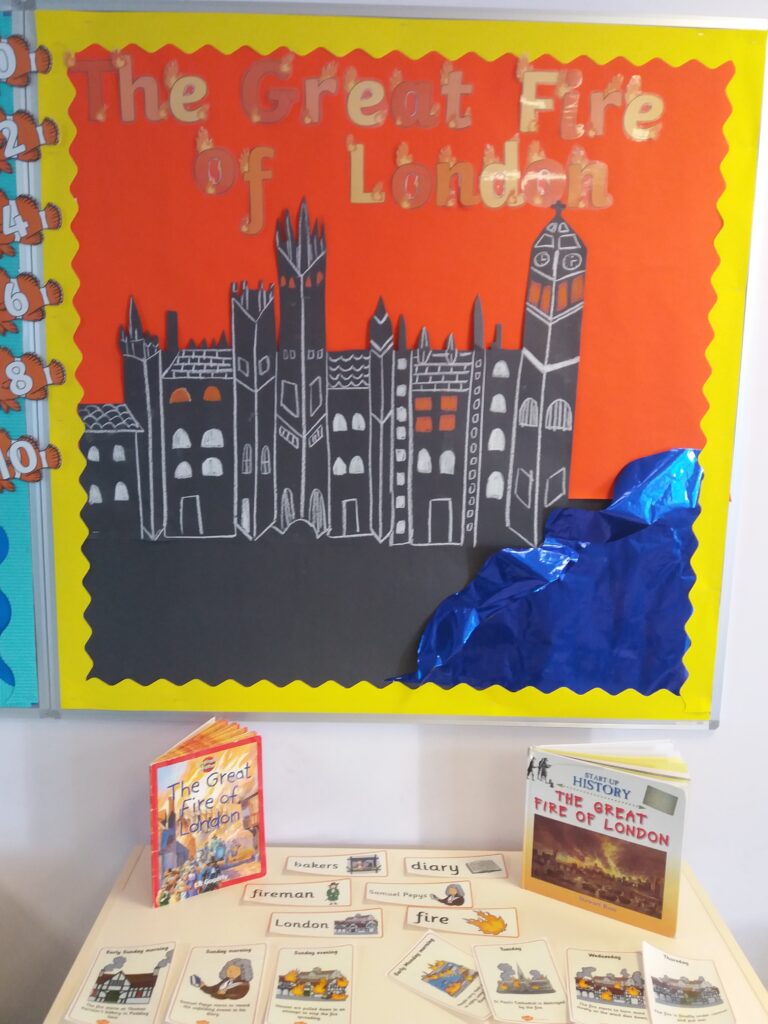
Year 2 visit British Schools Museum, Hitchin
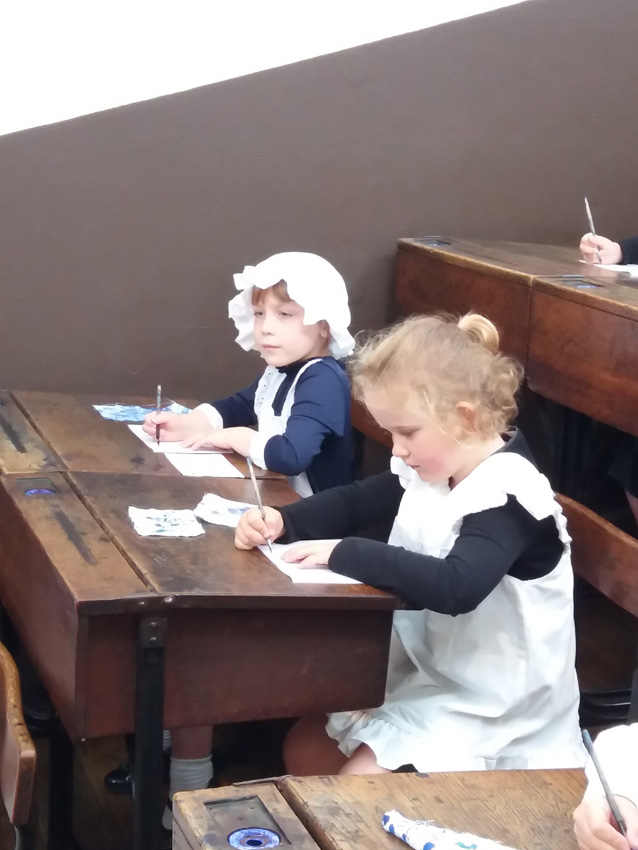
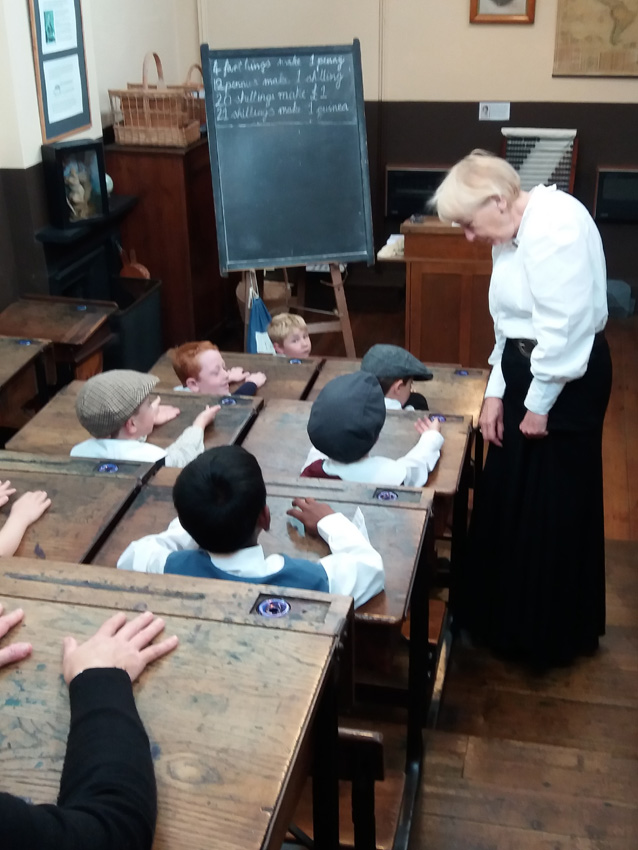
Year 2 visit Mountfitchet Castle
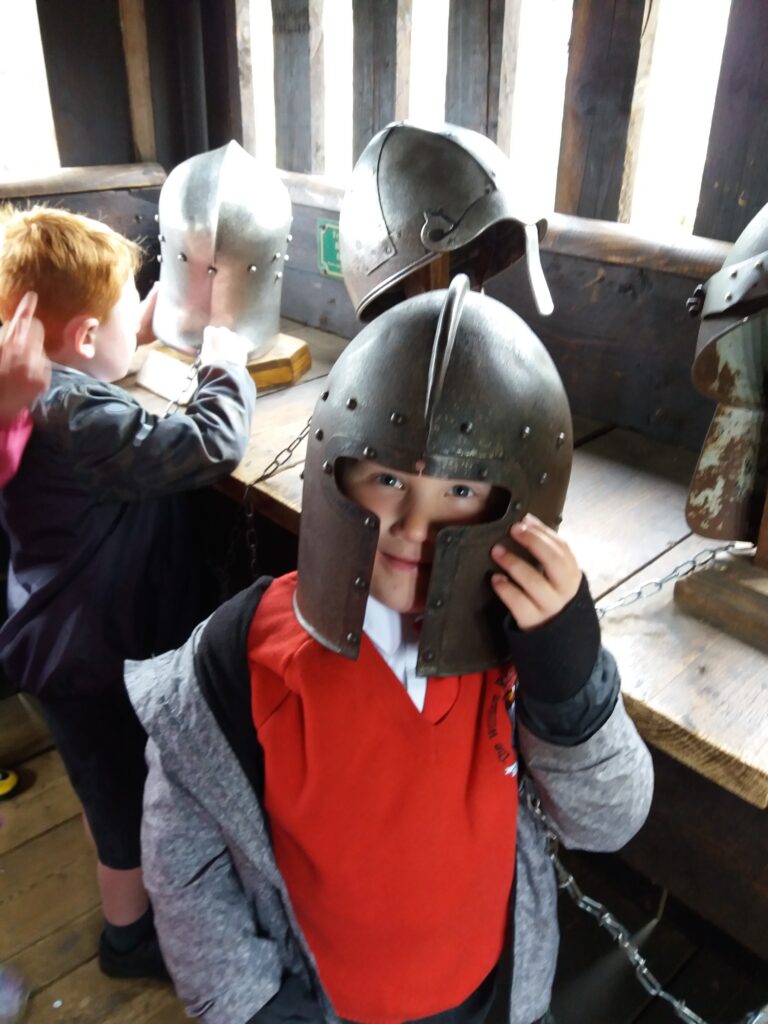
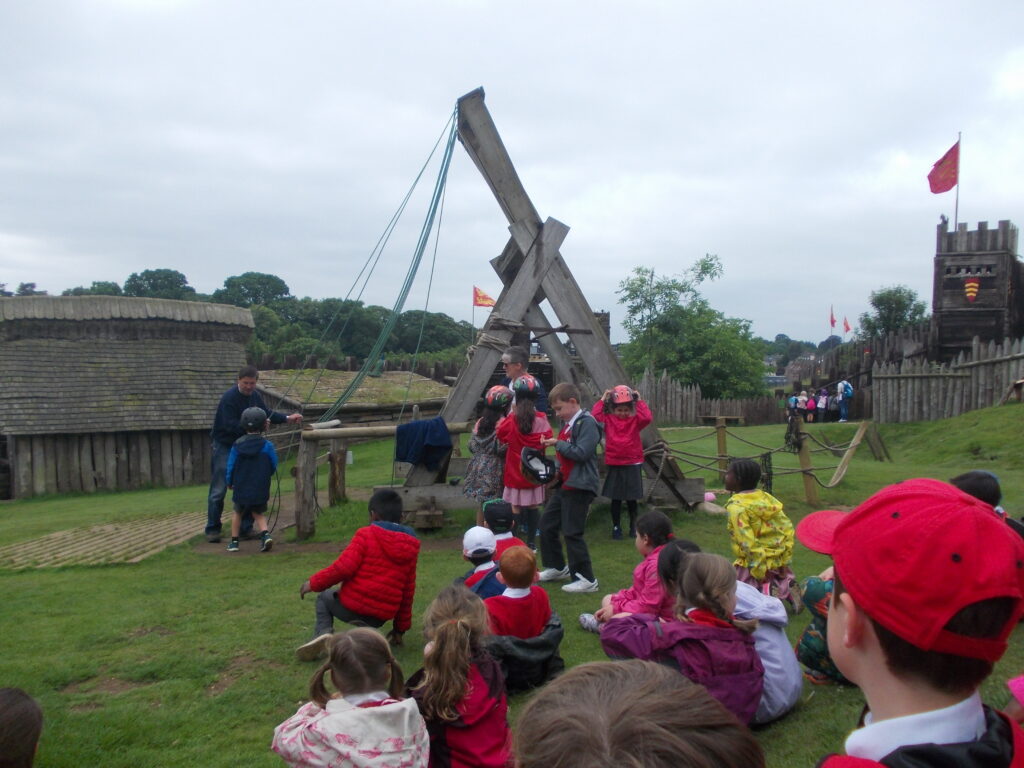
Year 2 work – asking questions
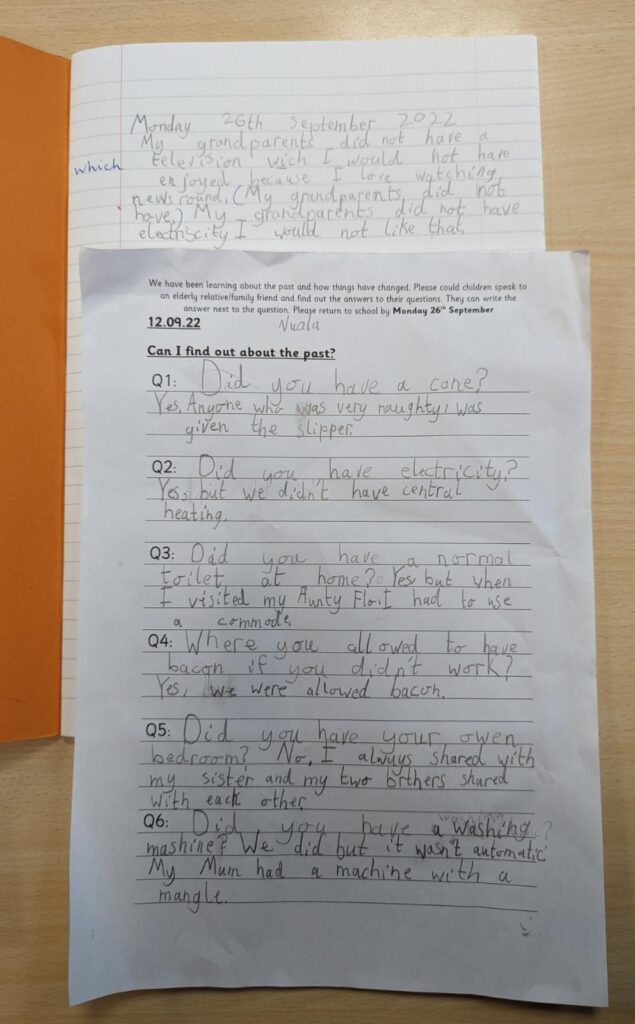
Year 3 making Stone Age Axes
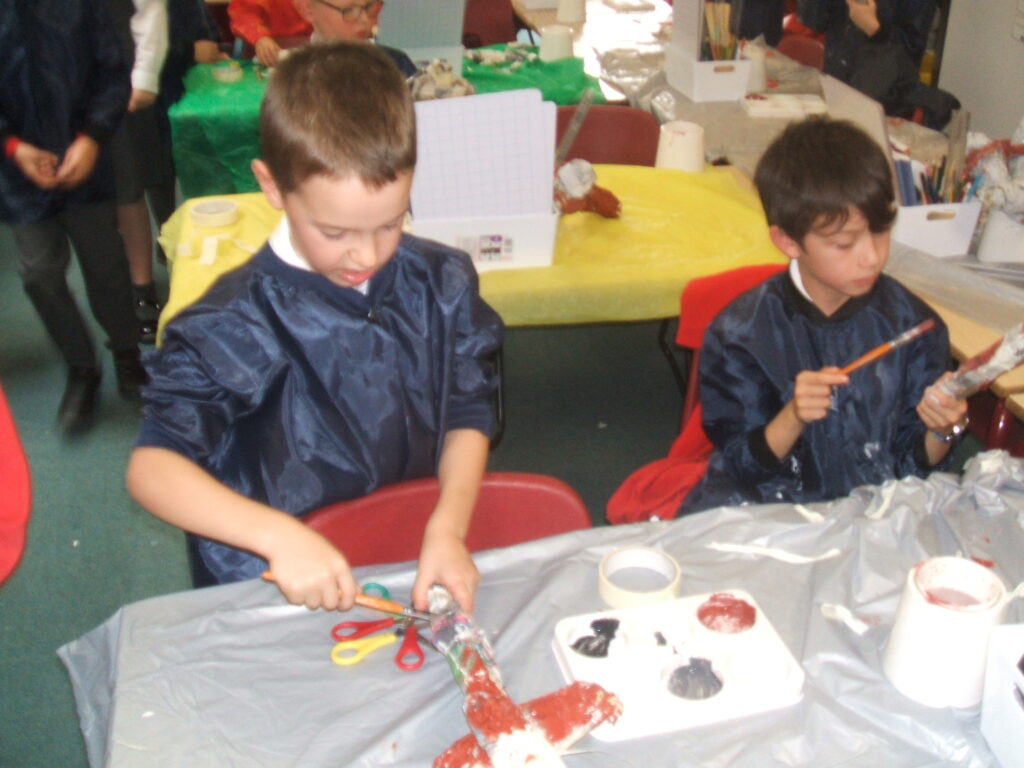
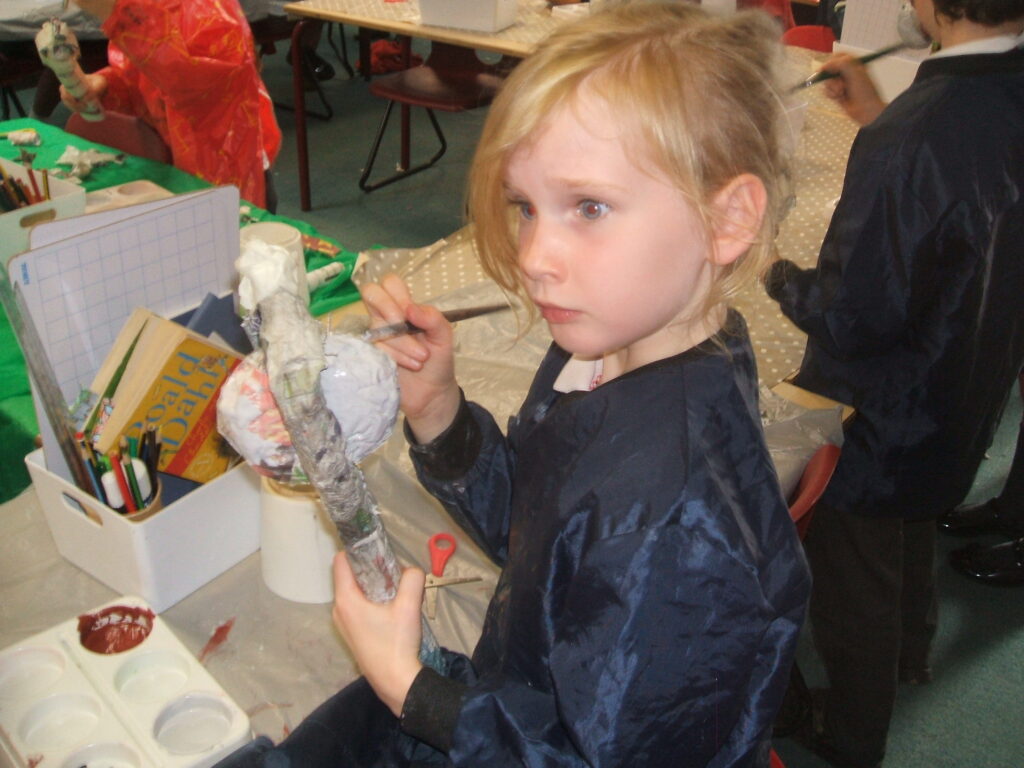
Year 3 visit Celtic Harmony
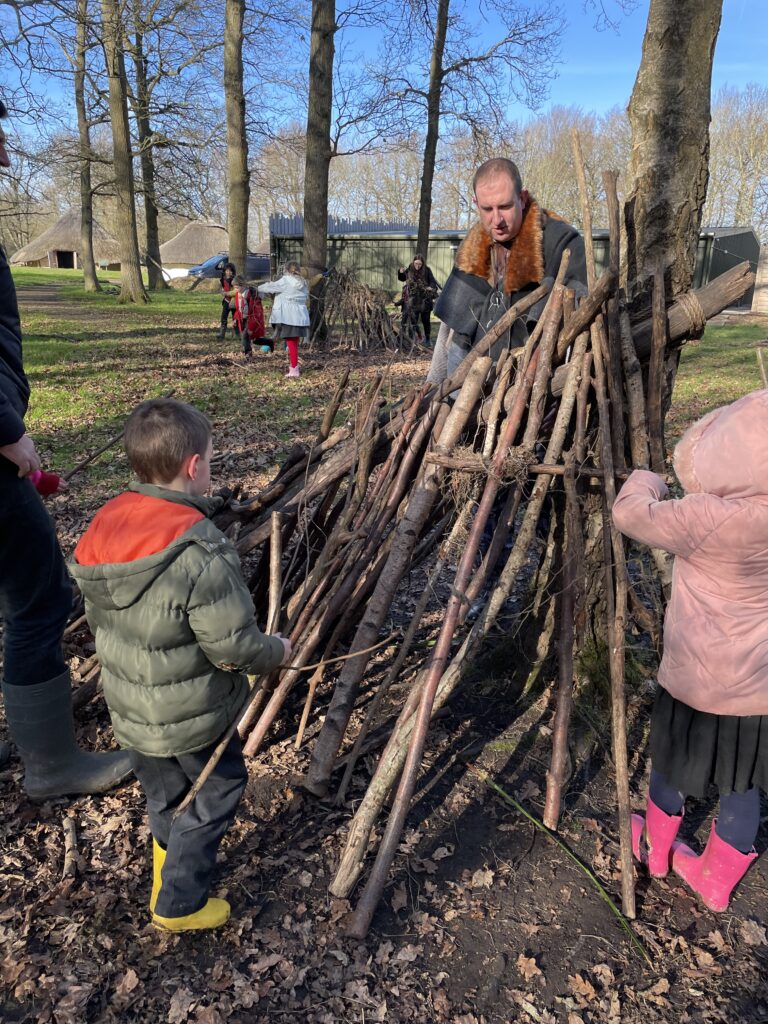
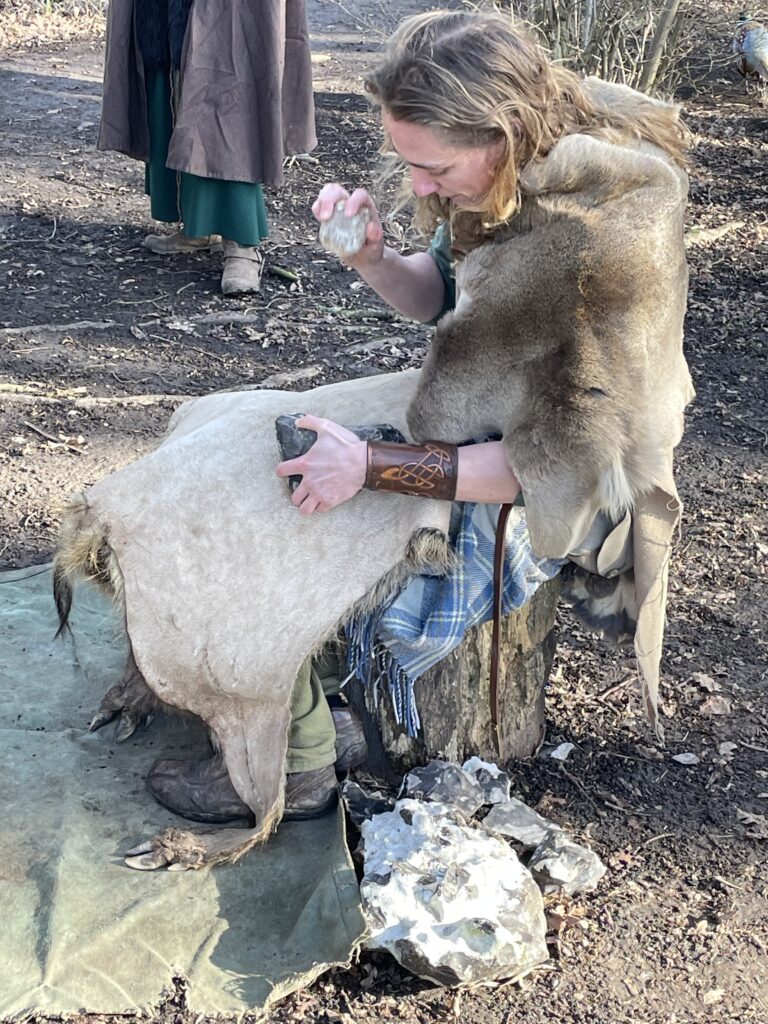
Year 3 Mummification and Egyptian Day
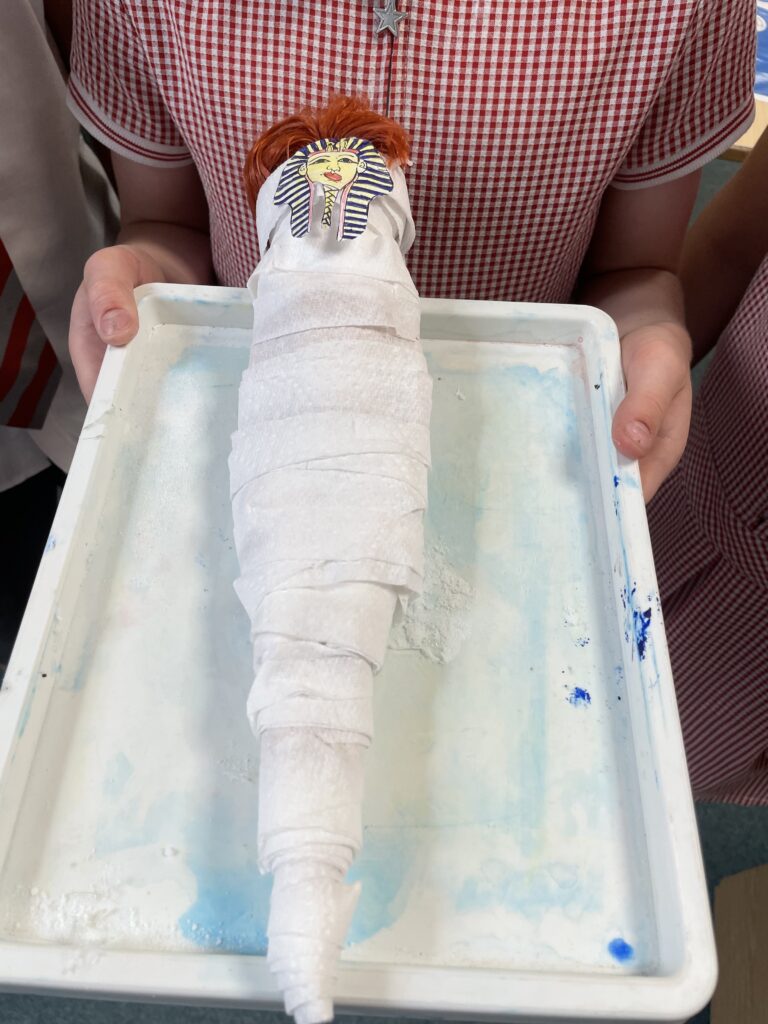
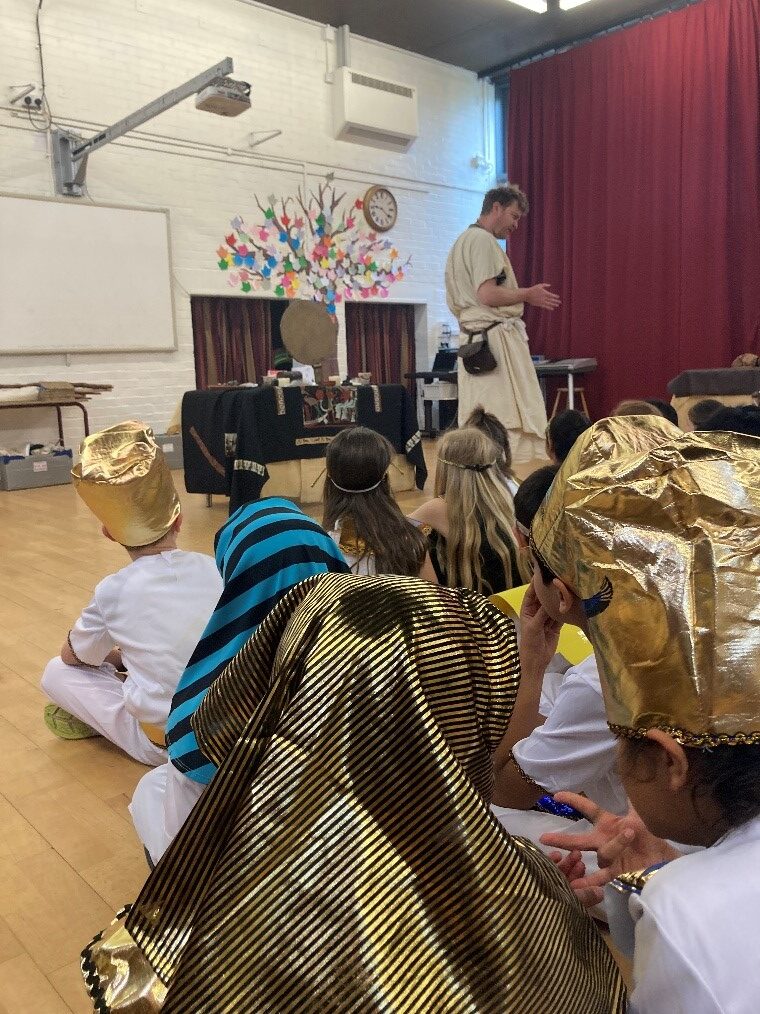
Year 4 Anglo Saxon Day
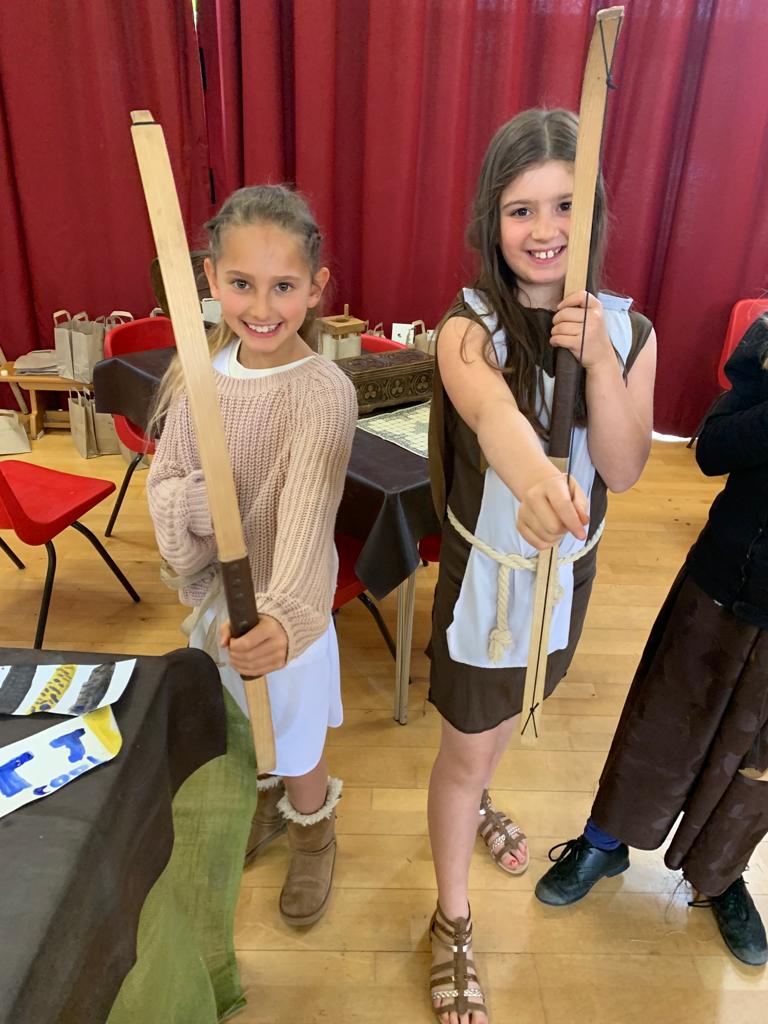
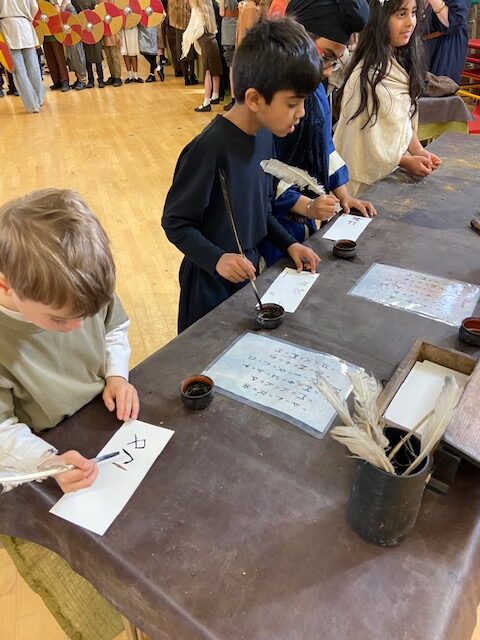
Year 4 timeline example
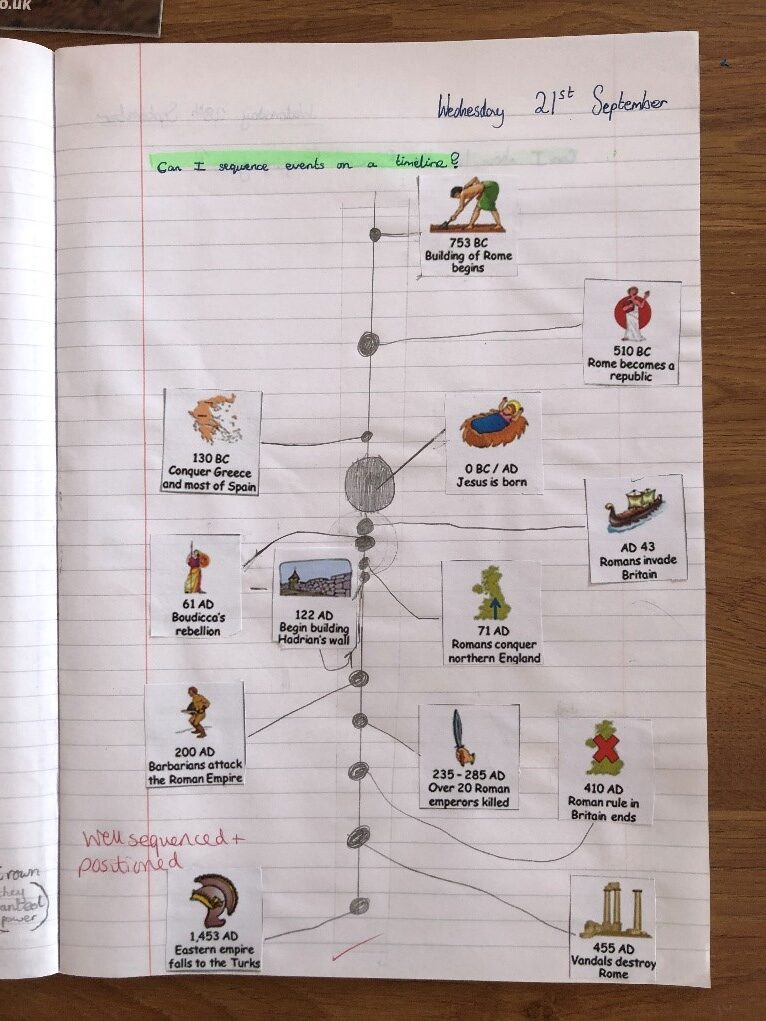
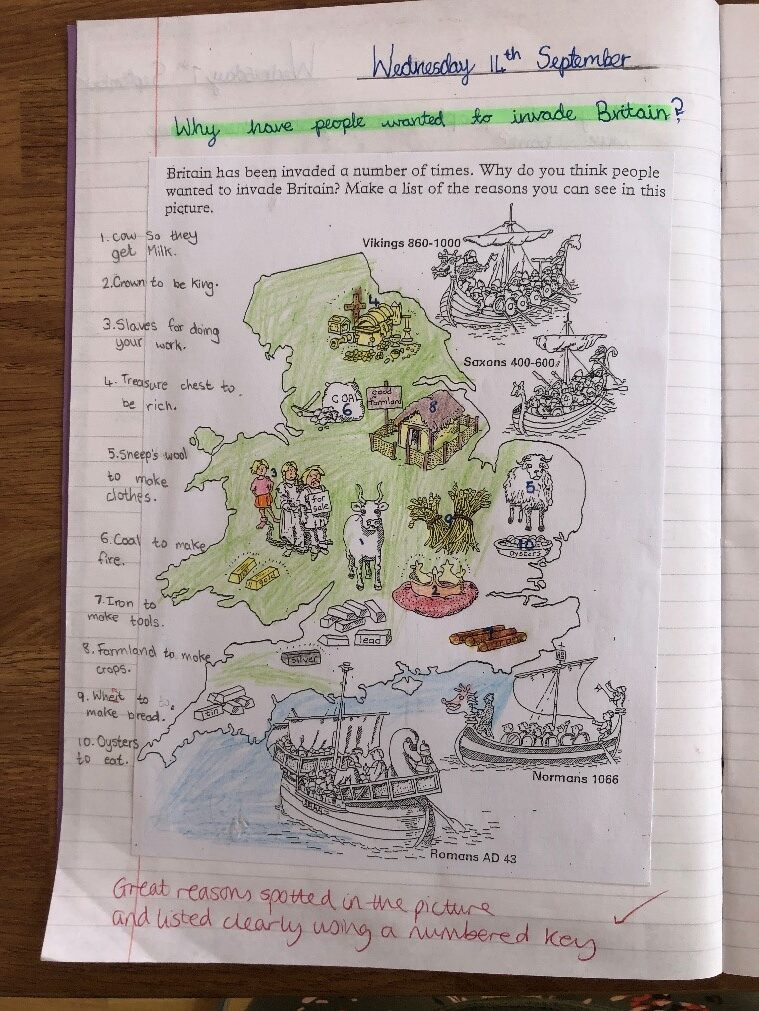
Year 5 Viking Day, Display, Role Play and Work
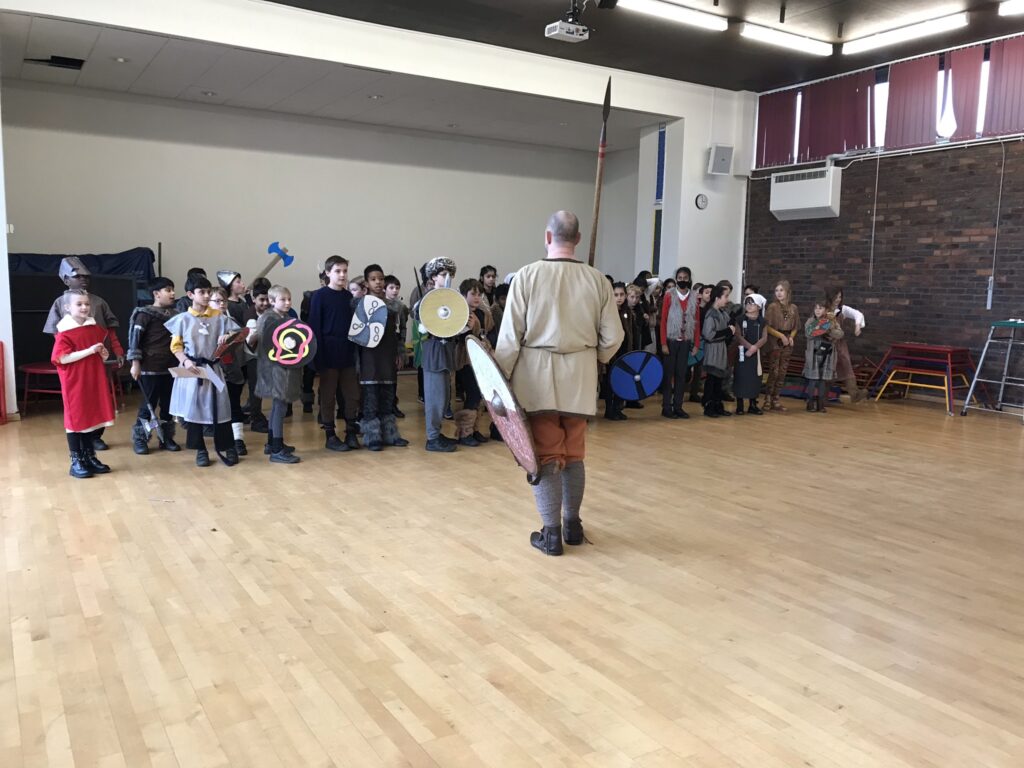
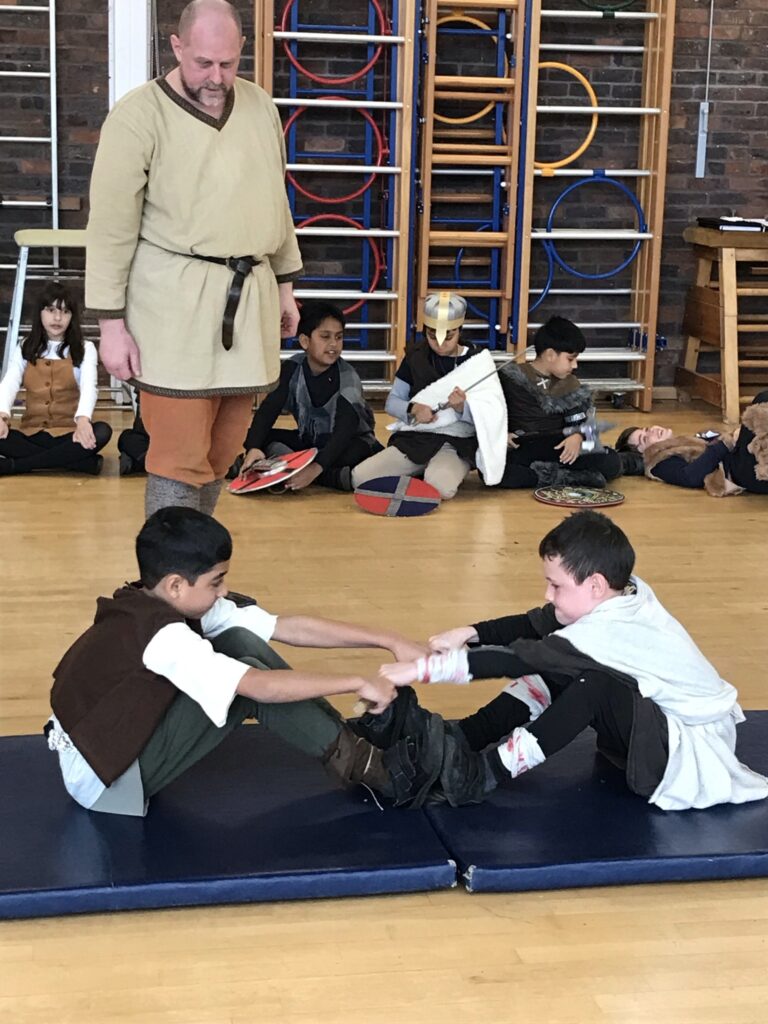
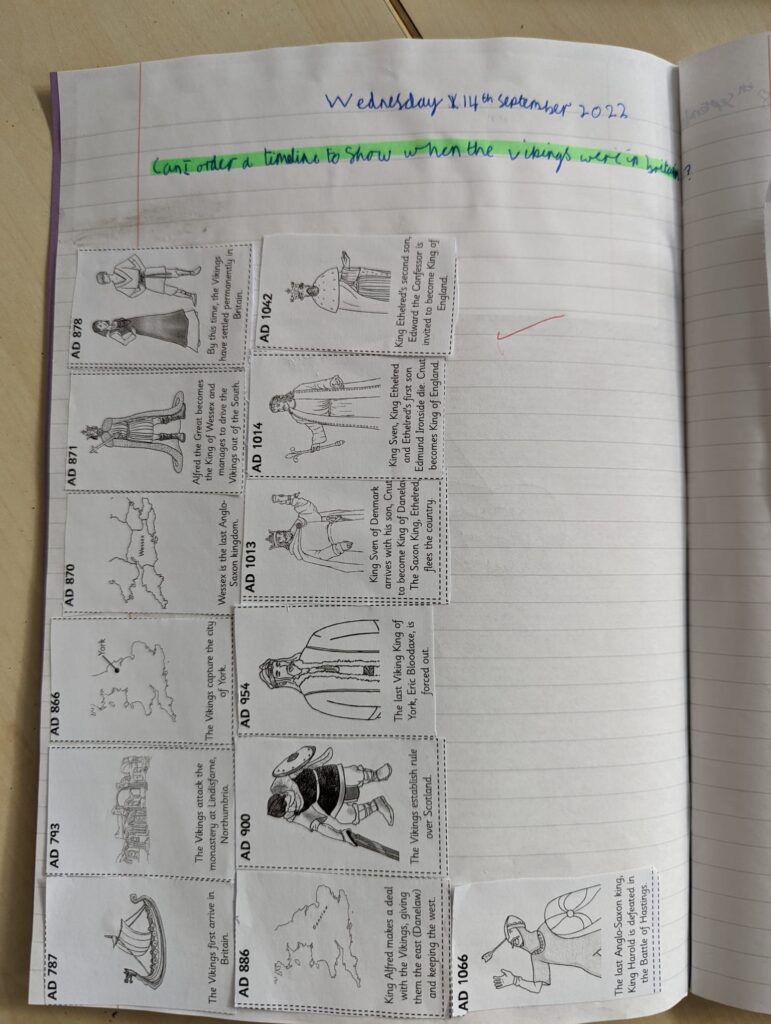
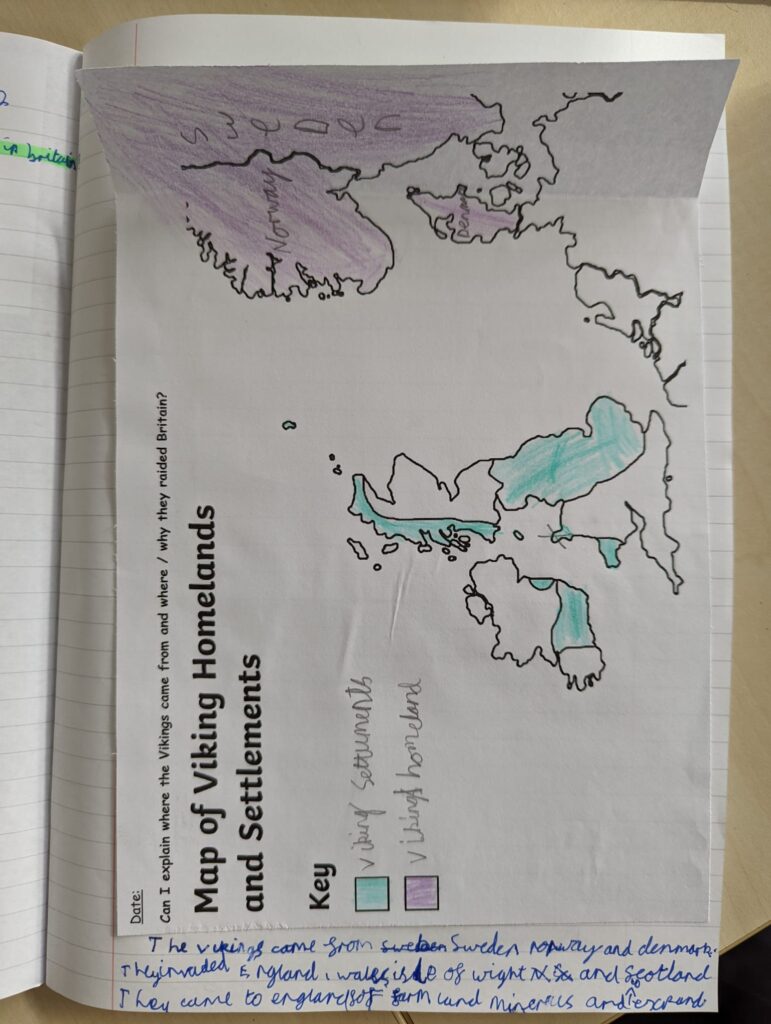
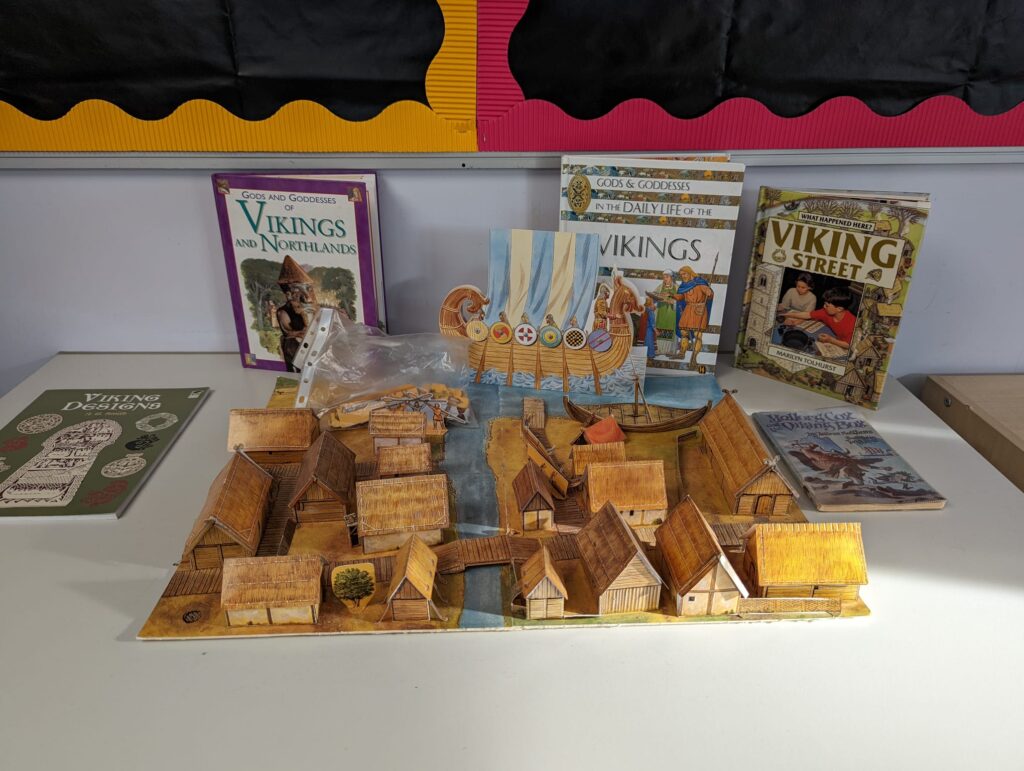
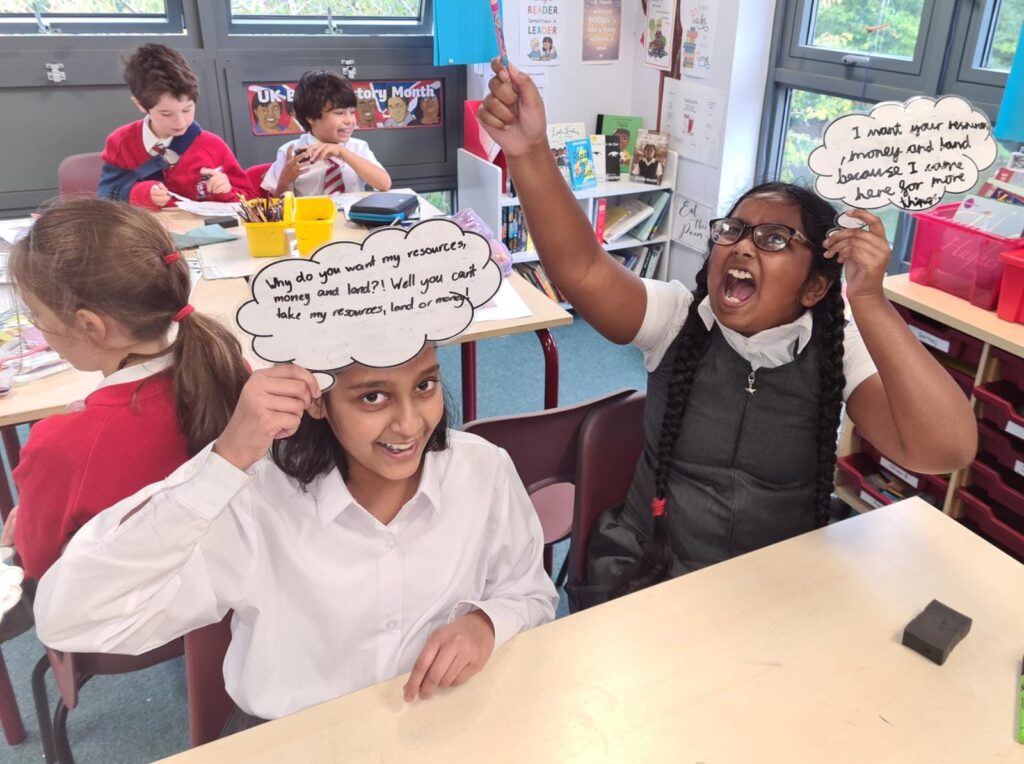
Year 6 World War 1 Working Wall and Work
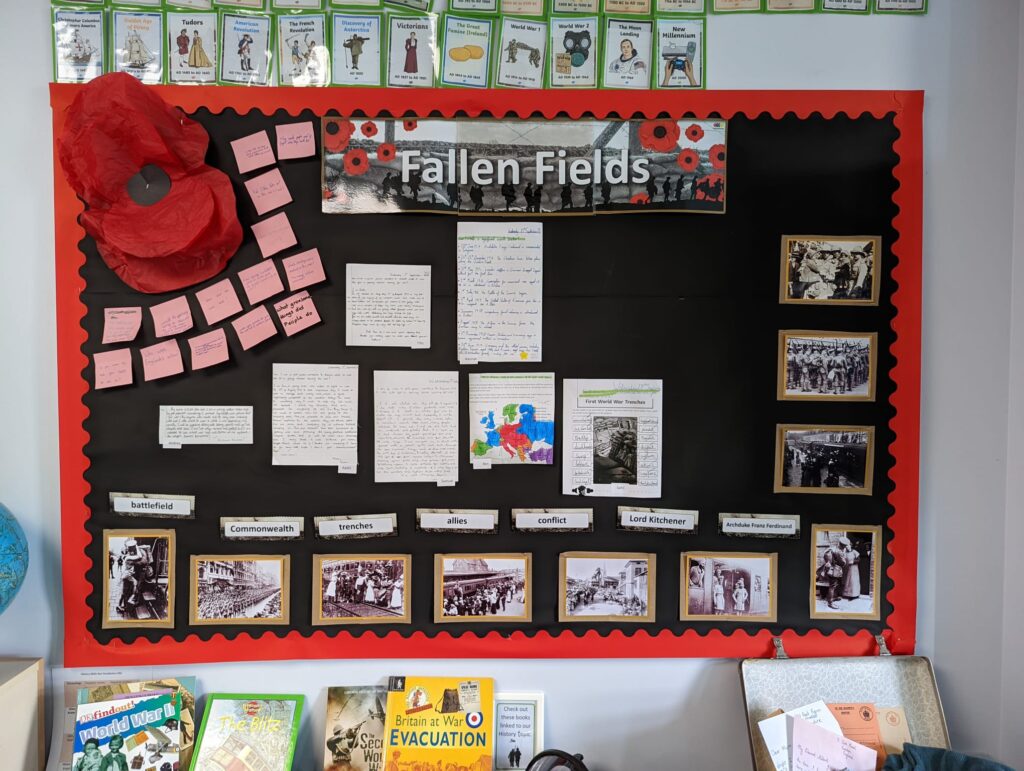
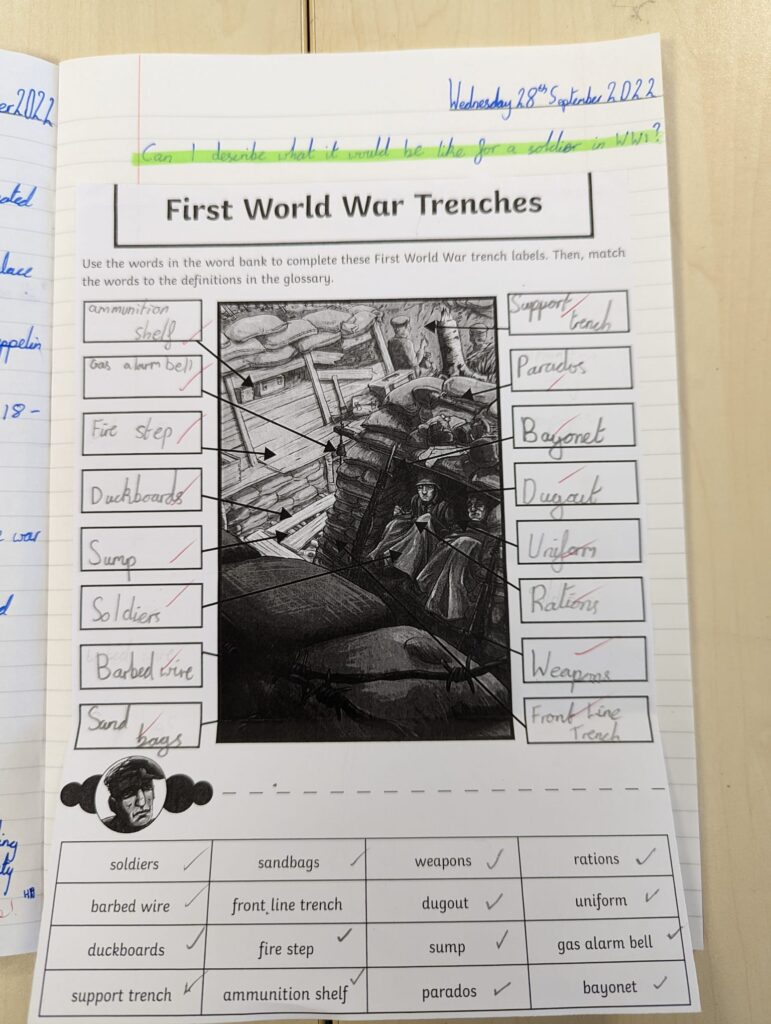
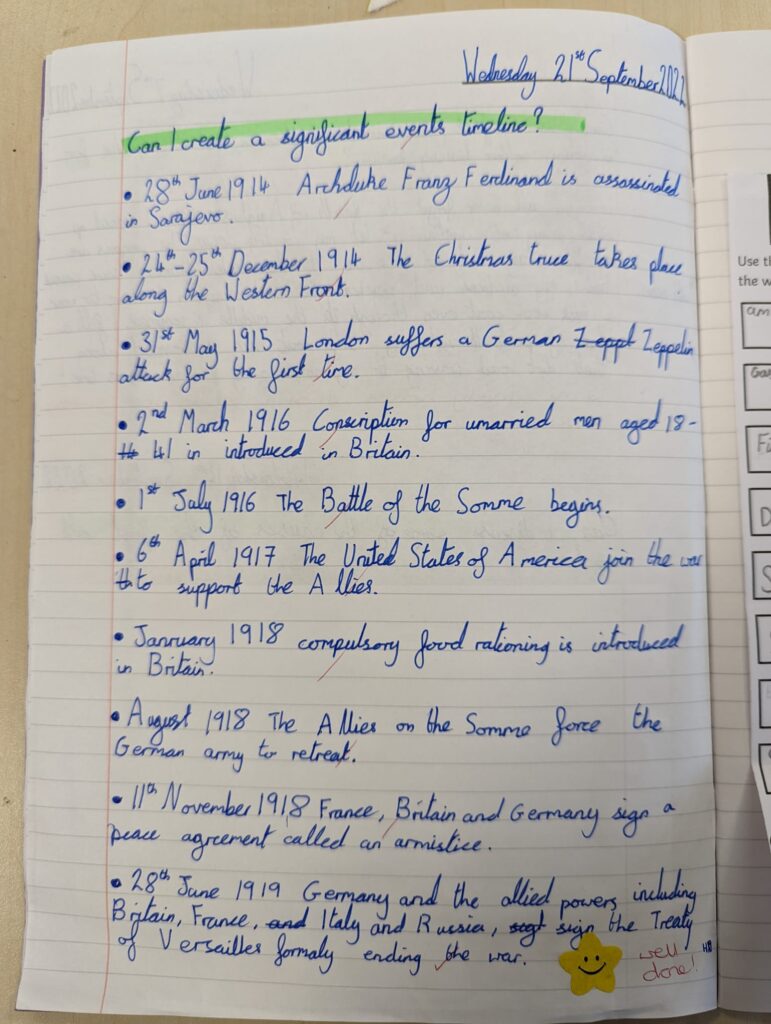
Year 6 Working Wall Ancient Greece Topic
